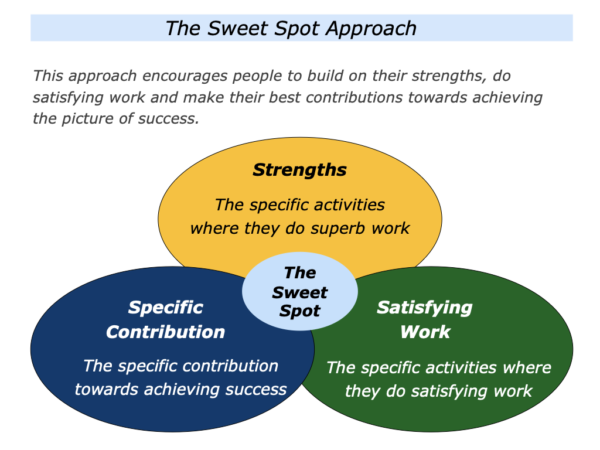
This is a well-known approach that has been revived by many strengths-based organisations. The approach encourages people to build on their strengths, do satisfying work and make their best contributions towards achieving the picture of success.
The sweet spot concept stems from sport. Since then it has been applied to many other areas of life. Here are some definitions.
The point or area on a bat, club, or racket where it makes most effective contact with the ball;
The particular situation or combination of things that is the best and most effective possible;
The spot where you do something that may appear effortless but sometimes produces the most effective results.
Some elements of this approach have been used in career development workshops since the 1960s. It encourages individuals to do what they do best and make their best contributions to a team or organisation.
The approach is obviously related to the Japanese concept of Ikigai. But it does not necessarily cover their purpose, vocation or mission on the planet. When appropriate, however, these are themes I sometimes explore with a person. This involves focusing on the following themes.
Strengths. The specific activities where they do superb work.
Satisfying Work. The specific activities where they do satisfying work.
Specific Contribution. The specific contribution they can make towards helping people, the team or the organisation to achieve success.
Over the past fifty years I have worked with many people who have used this approach. The follow section describes some of these individuals.
Jack – Being A Specialist
Jack was unhappy in his role as Chief Operation Officer for a worldwide digital company. He had risen through the ranks by being good at solving technical problems and developing software.
Being ambitious, he was delighted when offered the COO role. This came with status – being a member of the C Suite – a pay rise and a number of shares. Unfortunately the role also involved certain aspects that did not play to his strengths. He was expected:
To manage multiple problems that often involved fire-fighting;
To deal with emotional issues as well as technical issues;
To manage people who had lower quality standards than himself and also be on duty 24/7.
Jack also had a young family and felt stretched. This led to him occasionally having outbursts that did not help himself or others. He was quite traditional in some ways. Whilst recognising it would be good for him to revert to a specialist role, he did not want a drop in status.
He and the CEO explored ways he could play to his strengths and also help the company to achieve success. This eventually led to him taking an individual specialist role. This involved him being able:
To do specific project work with certain departments across the world;
To develop pacesetting technical solutions that helped their clients to achieve success;
To maintain his shares and salary but only attend the C-Suite meetings when appropriate.
This proved to be a win-win. The company got the best use of his skills and it resulted in getting increased orders from the customers with whom he worked. Jack was able to do stimulating work, set specific goals and deliver success. This also benefited both his family.
Anna – Being A Chief People Officer
Anna had spent a number of years doing freelance work. Previously a head of HR, she had done projects helping companies to shape their cultures. She found this relatively fulfilling but missed leading a team.
Bearing in mind her strengths, she took a proactive approach to finding a full-time role that would be more satisfying. This led to one of her previous managers – who was now a CEO – asking her to consider joining their company as the Chief People Officer.
Such a role calls for a person demonstrating certain strengths in order to deliver success. They need to be able:
To clarify the CEO’s philosophy, principles and picture of success regarding the company’s people strategy;
To communicate this approach and lead a HR team that successfully implements the key principles regarding the company’s people’s strategy;
To embody the ethic of continuous improvement and continue to deliver the company’s people strategy.
Anna scored at least 8/10 in each of these areas. Working alongside the CEO, she implemented a strategy that enabled employees to develop a people and as professionals.
Per – Being A Peak Performer
Per was sixteen when he played for the Academy football team that I coached. Dynamic and adrenaline driven, he was an attacking forward who scored many goals. Continually positive, he acted as a good model for other people.
Bearing this in mind, I offered him the chance to be the team captain. This seemed a good idea at the time, but it did not work as planned. Whilst he continued to be positive, his form suffered.
Per wanted to encourage people but the responsibilities involved in being captain meant he felt diluted. We agreed he would revert to his role as a model and goal-scoring attacker.
Fast forward thirty years. Per contacted me to describe his working career. He had become the top sales performer for a big company in Sweden. Per loved being able:
To use his strengths when striving to achieve the specific goals;
To have a sense of autonomy when working to achieve the specific goals;
To get an adrenaline kick and a good bonus when achieving the specific goals.
Per recognised that his energy may reduce as a got older and had plans to run his own sales training company. He had already had set targets for the first three years of running this business.
Let’s return to your own life and work. Imagine that you are helping a person to focus on their sweet spot. Here is one of the many exercises that you can use to help them to take this step. These invite them to focus on the following themes.
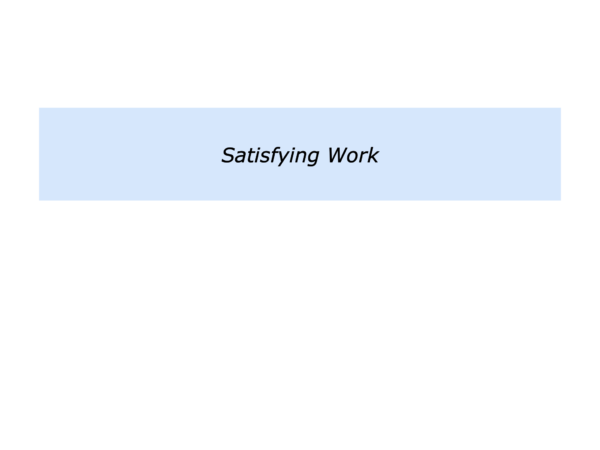
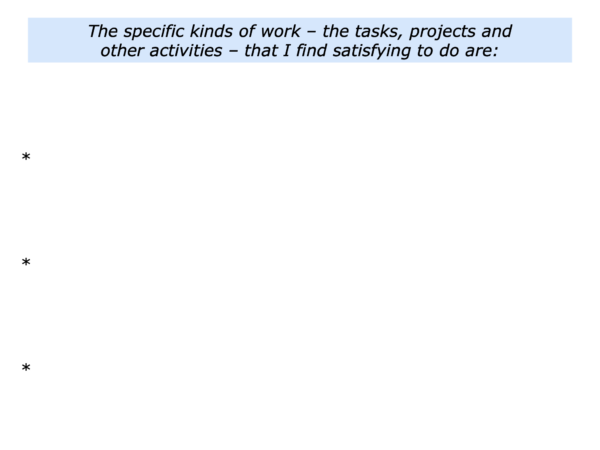
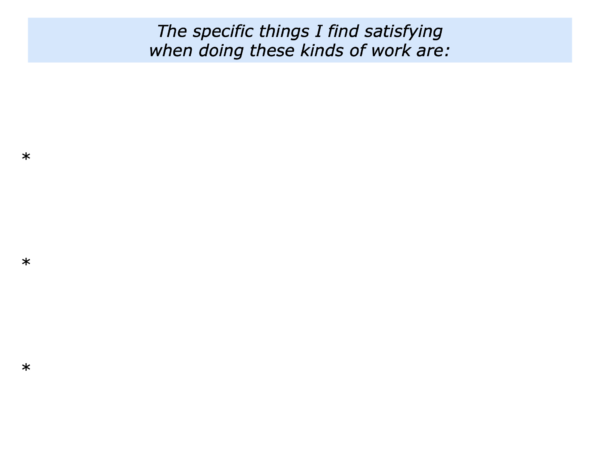
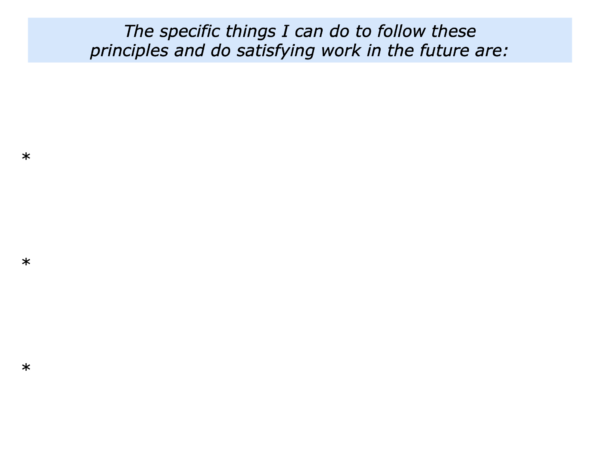
There are many ways to apply the sweet spot approach. You can use it:
To clarify how you can continue to do satisfying work;
To help other people – such as your children, friends or customers – to do satisfying work;
To help people in your team or organisation to do satisfying work and make their best contributions towards achieving the picture of success.
If you wish, try tackling the exercise on this theme. This invites you to describe how you may want to use elements of the sweet spot approach. It invites you to complete the following sentences.
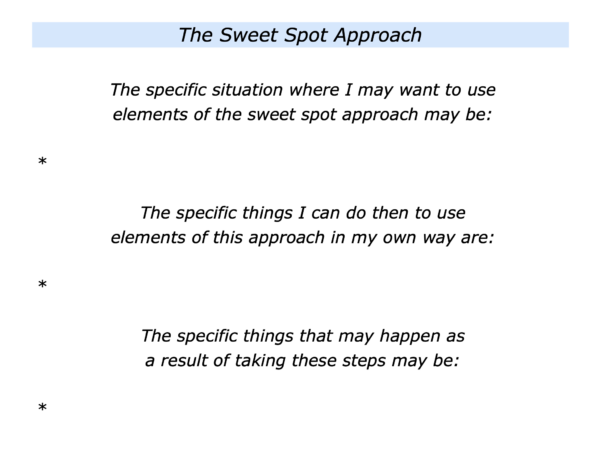






Leave a Reply